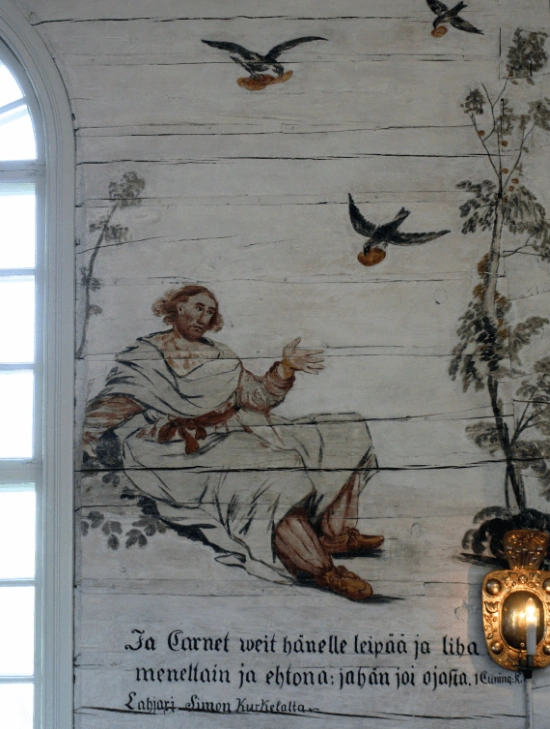4390. 'And built a house for himself means an increase of good from truth within that state. This is clear from the meaning of 'building a house' as providing the external man with intelligence and wisdom, dealt with in 1488. And because intelligence is essentially truth, and wisdom is essentially good, 'building a house' here means an increase of good from truth. 'A house' means good, see 2233, 2234, 3128, 3142, 3652, 3720; and what the good of truth is has been stated above in 4337, 4353 - namely, truth in will and action. This truth is such that it is called good; and conscience which is a product of that good is termed the conscience of truth. This good which springs from truth increases in the measure that a person exercises charity which stems from a desire to do good, and so to the extent and degree that he loves his neighbour.
[2] The reason why good and truth are mentioned so many times in the explanations given is that all things in heaven, and consequently all in the Lord's Church, have a connection with truth and good In general these two include everything that is part of doctrine and everything that is part of life, ideas that are true being part of doctrine and those that are good being part of life. Furthermore the human mind generally does not have any objects of its thought and desire which do not involve truth or good, thought in the understanding involving truth and desire in the will involving good. From this it is evident that truth and good possess a very wide range of meaning and that they have an unimaginable number of derivations. This is why truth and good are mentioned so many times.







